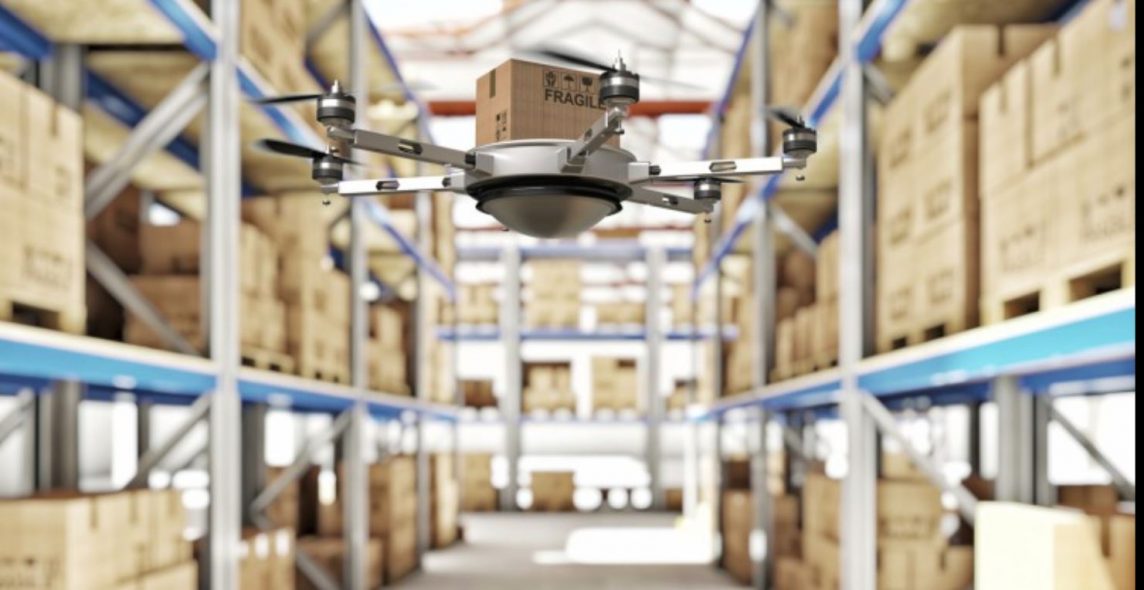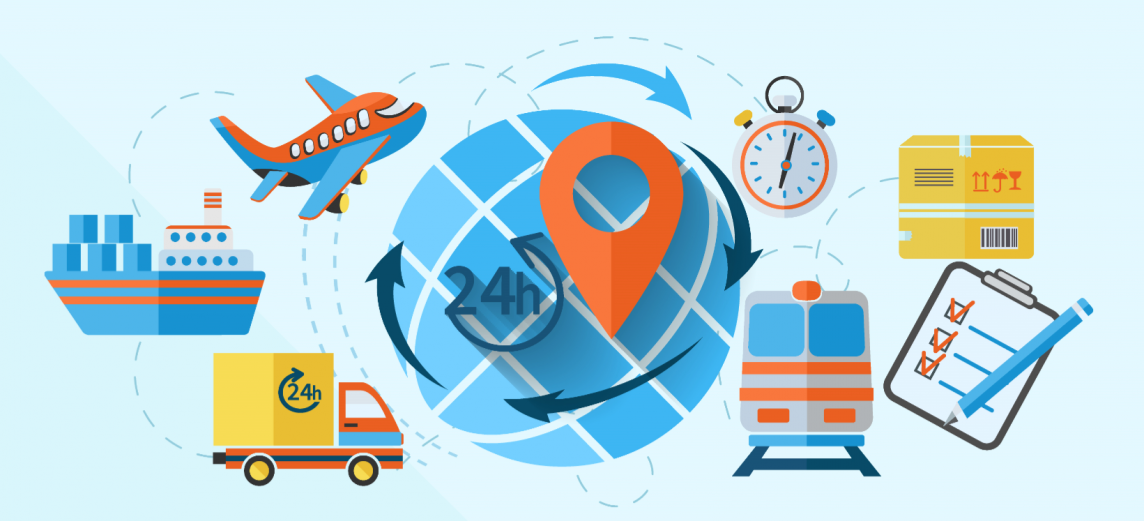New warehouse management technology, like analytics, machine-to-machine learning, and automated systems, pushes the limits of standard operations to create best-in-class distribution centers.
The days of using a small, standalone warehouse management system (WMS) are ending, and distribution centers must turn to newer, more advanced warehouse management technology to meet rising demand for an omnichannel world.
Why Do Warehouse Managers Continue to Use Old Technologies?
While e-commerce grows, some distribution centers may be apt to continue using old technologies for several reasons, including:
- Corporate momentum: The path of least resistance is to maintain the status quo.
- Off-the-shelf solutions may not have all the necessary features to handle current operations.
- Current sales may not support the need for more technology.
- The benefits of modern systems may not be fully comprehended within the organization.
- Legacy systems may not be compatible with new warehouse management technology.
Unfortunately, the age of cloud computing and software-as-a-service (SaaS) has turned most of the arguments upside-down so that companies can realize the benefits of new warehouse management technology without the significant risks, notes Deloitte, transforming distribution center options into technology-driven facilities.
How to Implement New Warehouse Management Technology Successfully
Implementing new technology is a complicated process, but it can be simplified as follows:
- Integrate systems that control both inbound and outbound freight. A seamless flow of inbound and outbound freight is essential to creating a best-in-class distribution center, reports Consumers are more likely to boycott a seller if a product is suddenly out-of-stock after placing an order in the store or online. Distribution centers need to know what is in stock, when it will be replenished, and how often it is being sold. This ensures an adequate safety stock.
- Focus on visibility. Visibility in the distribution center helps all parts of the supply chain function as a single unit. Reports, dashboarding tools, key performance indicators and metrics, created and analyzed via big data and analytics, can help managers stay aligned with enterprise-wide and customer needs, fulfill more orders, and avoid disruptions or repercussions from violations of regulatory measures.
- Upgrade your WMS, taking advantage of systems capable of self-optimization and big data analytics. The most sophisticated of existing systems kneel in comparison to some of the modern, SaaS-based, platforms. Upgrade your WMS to one capable of handling omnichannel pressure, and if necessary, consult with a third-party integrator(3PI), like Veridian, to reduce the risk of lost data and minimize modification to new systems. Additionally, pick-to-light and put-to-light systems can integrate with the WMS and improve accuracy in picking processes.
- Embrace, don’t fear robotics and automation. As explained by TechTarget, machine-to-machine learning (M2M), as well as its symbiotic technologies, robotics, and automated systems can be applied to conveyors, wrapping machines, picking and packaging processes, work cell automation, painting stations, and virtually any other means requiring repetitive movements in a distribution center. Robotics and automation are essential to scalability and help reduce risk to employees by literally doing the dangerous work and heavy lifting.
- Get feedback from staff, consumers, and third-parties, and consider outsourcing systems or operations. Getting feedback allows for continuous improvement of warehouse processes and activities, and if necessary, a 3PI may be able to help your company see the opportunities and threats present before, during, and after implementing new technologies, such as enhancing cybersecurity following a system-wide migration to a new WMS.
Creating an Image of Success and Collaboration Through Warehouse Management Technology
The distribution centers of the future will be vibrant with robotics, automated technologies, and advanced analytics driving day-to-day decisions, but many distribution centers are already implementing such processes to create best-in-class facilities. These facilities rely on the continuous flow of information, automated identification and data capture (AIDC) systems, including RFID tags, wearables, cloud-based systems, and mobile distribution center dashboards. Understanding these technologies will provide a strong foundation for the future of distribution center management and promote lean warehouse practices.
source: http://cerasis.com/2018/03/30/warehouse-management-technology/




